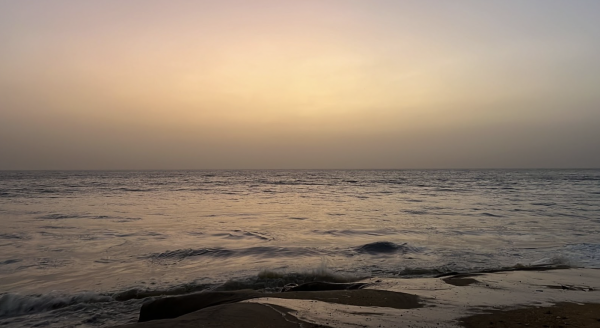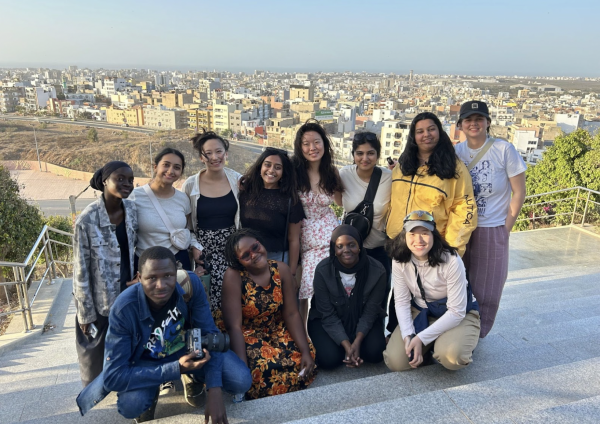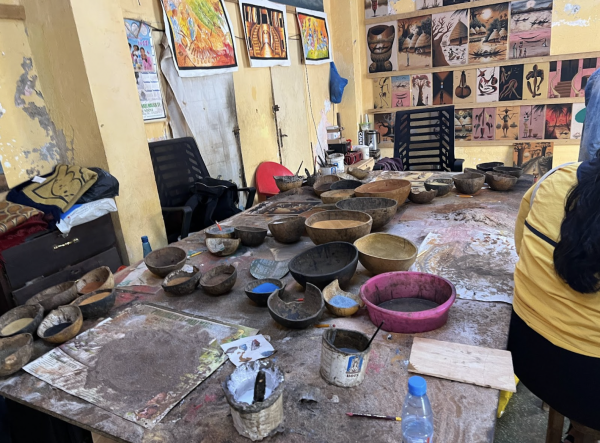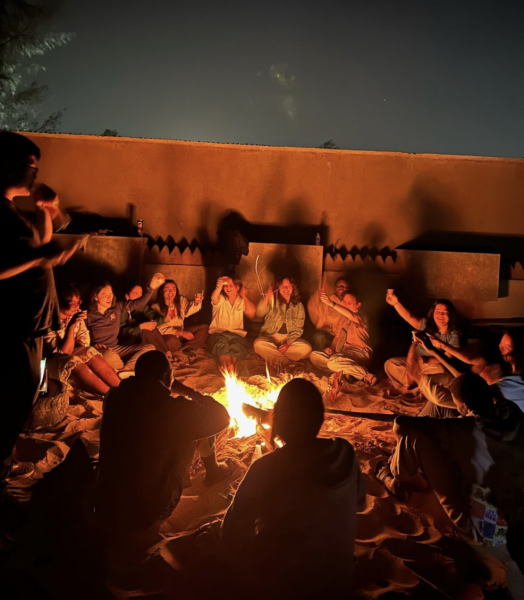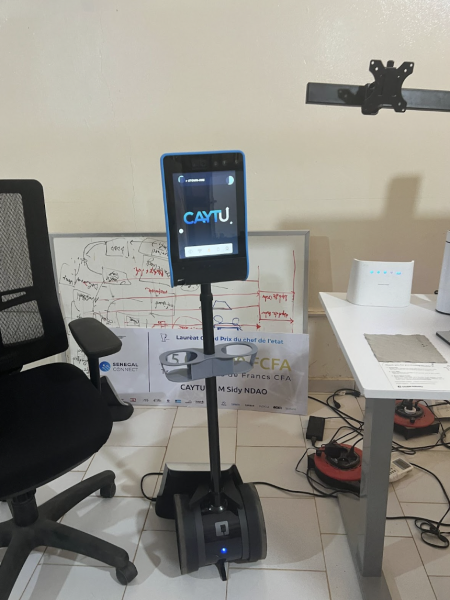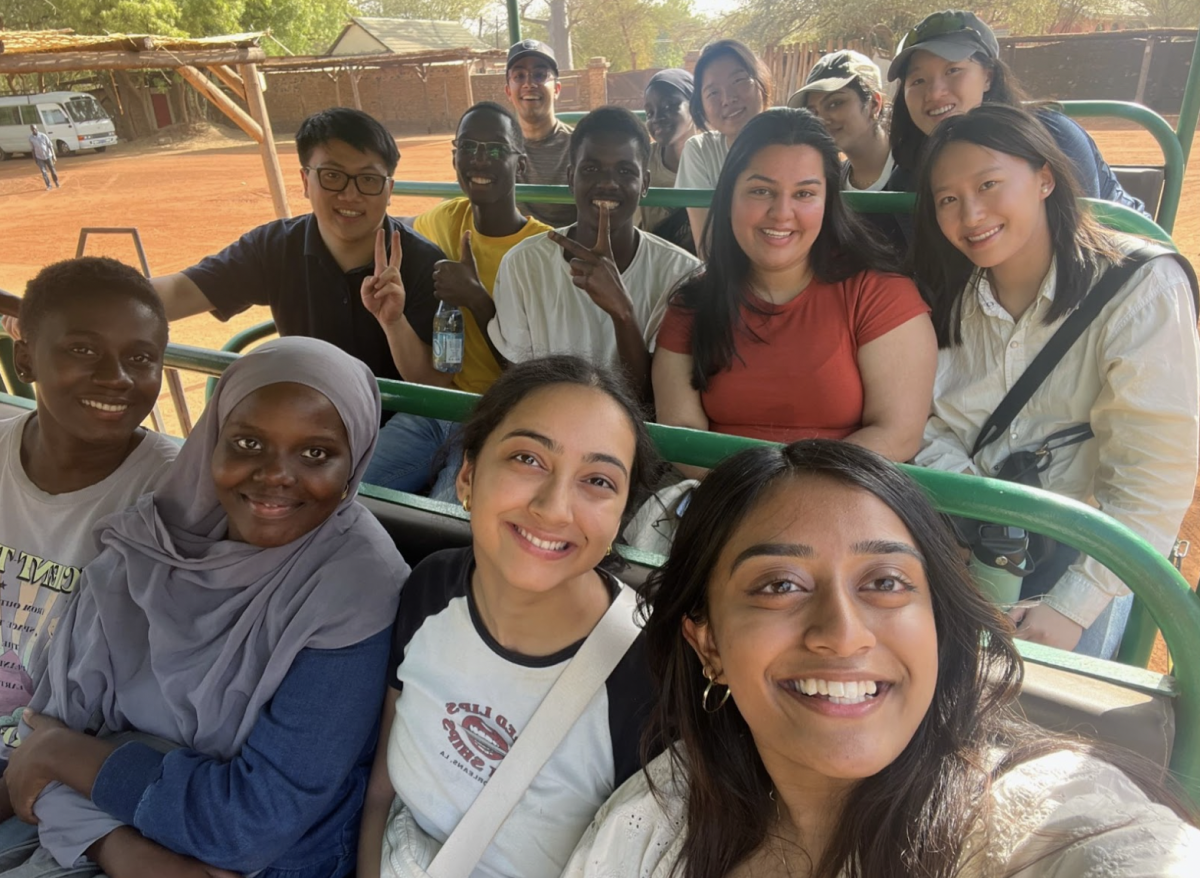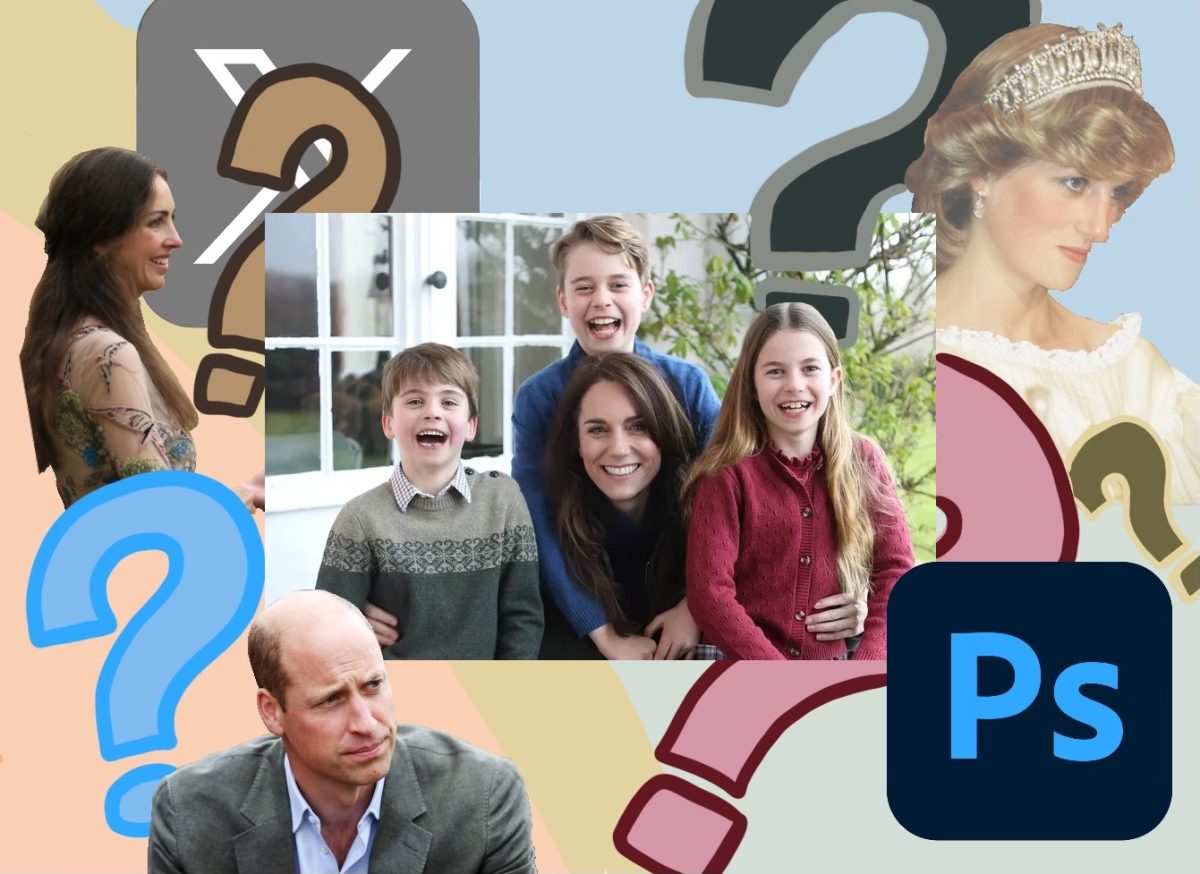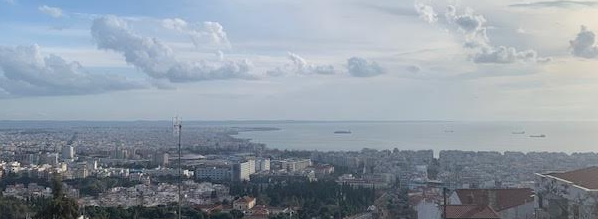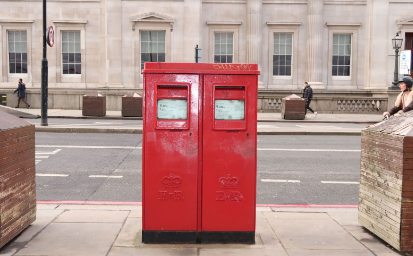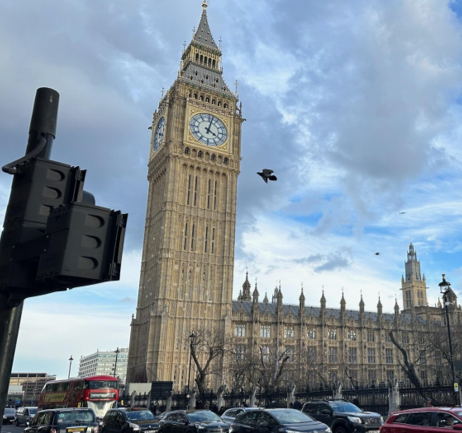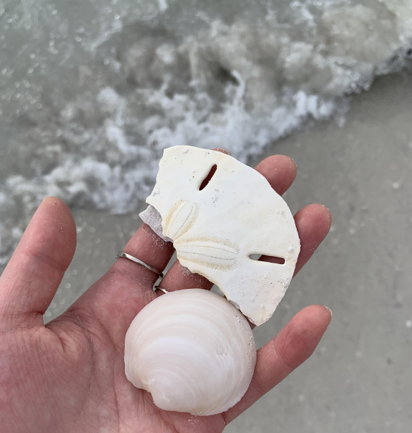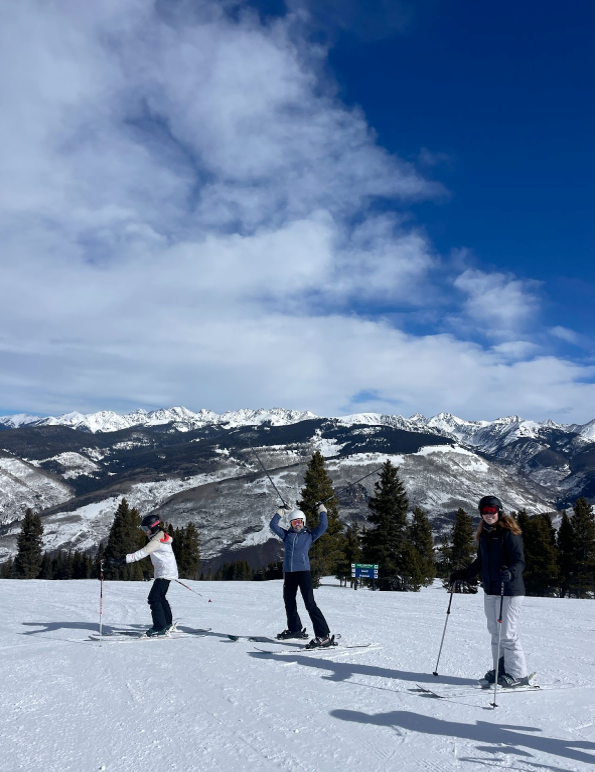Touching down on the tarmac of the Blaise Diagne International Airport near Dakar, Senegal, marked just about 18 hours after leaving Georgetown University’s campus. While driving to the Dakar American University of Science and Technology (DAUST), we passed bustling flea markets along the side of the road where locals socialized with one another as they shopped for groceries. Baobab trees towered over the iconic savanna landscape, while cows and goats roamed around the alleyways in the foreground.
Over spring break, I visited Senegal as part of my semester-long SFS Centennial Lab class called “Technology and Futures of Work.” Co-taught by Georgetown professors Katherine Chandler and Rajesh Veeraraghavan and DAUST Professor Sidy Ndao, the experimental course delves into the impact of emerging technologies such as artificial intelligence (AI), augmented reality (AR) and virtual reality (VR), blockchain, quantum computing and telerobotics on the nature of work. Half of the class consists of Georgetown students and the other half consists of DAUST students, so an important goal of the trip was to engage in intercultural exchange with our Senegalese counterparts.
Cultural immersion was front and center from the start. Once we arrived in Somone, a town on the outskirts of Dakar where DAUST is located, we were immediately flooded with hospitality from our hosts. They had laid an incredible lunch spread of traditional Senegalese dishes for our first meal. We ate fataya, an appetizer similar to empanadas; jollof, a well-seasoned rice dish mixed with vegetables; nem, Senegalese and Vietnamese fusion spring rolls; and yassa guinar, chicken with caramelized onions in a sweet, zesty sauce. Then we drank bissap, a juice from the hibiscus flower, and bouye, a creamy beverage from the baobab tree fruit.
The next day, we ventured out to the Réserve de Bandia, which is Senegal’s most famous wildlife preserve. The experience involved lunching on antelope burgers, a local specialty, while monitoring the reserve’s sabaeus monkeys that tried to steal our food. After lunch, we boarded a four-wheel drive to tour the reserve. During our two-hour-long safari, we observed giraffes, rhinos and zebras in their natural habitat. We even experienced an ostrich chasing our vehicle for several minutes. The guide told us that it was mating season for the ostriches.
Every single day of the trip was packed, but none more so than our 19-hour journey around Dakar and Gorée Island. We woke up at 4:30 a.m. to make the one-and-a-half-hour drive from Somone to Dakar, then boarded a ferry to Gorée Island at the crack of dawn. A UNESCO World Heritage Site, Gorée Island represents a significant but shameful part of Senegal’s history. It was once the largest slave trading center on the African coast. We spent our time on the island developing a deeper, more nuanced understanding of its past and present, especially how Gorée Island has now become a safe space for reconciliation. Once back in Dakar, we visited the African Renaissance Monument and the Museum of Black Civilization — two of the top sites that anyone on their first trip to Senegal must experience.
Another important part of the trip, in line with our course content, was for our class to experience the local technological ecosystem in Senegal. An enthusiastic government sponsor of private-sector startups, Senegal has proven to be a productive launching pad for many new ventures. We toured Senegal Numeriqué, an information and communication technology company; IRESSEF , a health research center for clinical trials and disease surveillance; and CAYTU, a telerobotics startup founded by Professor Ndao. To me, the engineers and scientists we interacted with during our tours seemed full of creative ideas and exemplified the technical know-how to make Senegal a major player in technological innovation looking ahead.
It would be difficult to pick one favorite experience or memory from the entire trip because all of it was incredibly eye-opening and enjoyable, but if I had to narrow it down, I would highlight the people. Everyone we met was so full of kindness, humility and grace. I’ll never forget the lasting friendships we built with the DAUST students over delicious meals, late-night bonfires, pickup basketball games, wild zipline adventures or just spending time together on the beach. I’m forever grateful to them for showing us their wonderful home and embracing us as new friends.
Luckily, the class isn’t over yet. The DAUST students will visit us at Georgetown in mid-April and we’ll be working on a service robot project with them in collaboration with CAYTU. As our return flight took off on the last day of break, I couldn’t help but think to myself that we’d be back again soon in one shape or another.
